
CE EU Certification Directives Table
01. Machinery Directive (MD)
The Machinery Directive (2006/42/EC) aims to ensure the safety and reliability of machinery and protect the safety of users and operators. According to the MD directive, industrial products must obtain CE certification before entering the EU market.
The Machinery Directive applies to any type of machinery and related equipment, including their accessories, safety components, transmission devices, lifting devices, etc., such as compressors, manufacturing machinery, woodworking machinery, and construction machinery.
02. Low Voltage Directive (LVD)
The Low Voltage Directive (2014/35/EU) aims to ensure the safety of low voltage equipment during use.
The Low Voltage Directive covers electrical equipment with a rated voltage between 50V to 1000V AC and 75V to 1500V DC, and related safety components, encompassing all safety rules for such equipment, including protection against hazards caused by mechanical reasons.
03. Electromagnetic Compatibility Directive (EMC)
The Electromagnetic Compatibility Directive (2014/30/EU) ensures that equipment or systems operate as required in their electromagnetic environment without causing unacceptable electromagnetic interference to their surroundings. It ensures the electromagnetic interference resistance and radiation levels of electronic equipment and systems, ensuring their compliance in the EU market.
The Electromagnetic Compatibility Directive applies to household radio and television receivers, information technology equipment, general electrical and household appliances, such as rice cookers and electric fans.
04. Pressure Equipment Directive (PED)
The Pressure Equipment Directive (2014/68/EU) is a mandatory regulation issued to ensure the safety of pressure equipment. The main aim of the PED is to ensure the safety of pressure equipment and to comply with the essential safety requirements for design, manufacturing, and testing.
The Pressure Equipment Directive applies to equipment with pressure greater than 0.5 bar, common products include fire extinguishers, pressure gauges, valves, safety valves, air tanks, columns, pipes, fittings, and steam equipment.
05. Restriction of Hazardous Substances Directive (RoHS)
The Restriction of Hazardous Substances Directive (2011/65/EU) is an official EU law that limits the use of certain hazardous substances in electrical and electronic products, such as lead, cadmium, mercury, and hexavalent chromium, to protect the environment and human health.
06. General Product Safety Directive (GPSD)
The General Product Safety Directive (2001/95/EC) aims to ensure a high level of product safety for consumer goods without specific product regulations in the EU. Manufacturers must conduct safety assessments before placing products on the market and take necessary measures to ensure their safety, thereby protecting consumer health and safety and ensuring the smooth operation of the EU internal market.
The General Product Safety Directive applies to consumer goods without specific product regulations (such as toys, chemicals, cosmetics, machinery), common products include outdoor products, fitness equipment, cribs, pacifier clips, and strollers.
07. Standard Directive (Standard)
The Standard Directive may involve directives that comply with specific industry standards, such as ISO standards or industry-specific standards, with specific content depending on the needs of different fields.
The Standard Directive applies to products that need to be exported but do not have specific applicable directives.
08. Construction Products Regulation (CPR)
The Construction Products Regulation (R305/2011EX) aims to unify the technical requirements for construction products in the European market and improve the quality, safety, and reliability of building materials. The certification requires that building materials comply with relevant EU standards and regulations and be accompanied by a CE mark to demonstrate compliance. It mainly targets the safety and performance requirements of building materials, such as fire performance, durability, and environmental protection.
The Construction Products Regulation applies to any product permanently included in construction works, including buildings and civil engineering works.
09. Personal Protective Equipment Directive (PPE)
The Personal Protective Equipment Directive (2016/425) includes all basic safety requirements that personal protective equipment must meet to ensure the health and safety protection of users. It refers to any device or appliance worn or held by an individual to prevent one or more health and safety hazards, ensuring its compliance with relevant safety standards in the EU market to protect users from potential hazards.
The Personal Protective Equipment Directive applies to personal protective equipment, such as protective gloves, raincoats, and life jackets.
10. Toy Safety Directive (TOYS)
The Toy Safety Directive (2009/48/EC) is an EU directive directly related to the safety of toys, stipulating safety quality requirements and conformity assessment procedures for toys. All toys entering the EU must first meet the requirements of this directive. The basic safety requirement of the directive is that toys should not harm the safety or health of users or third parties when used as intended or in a foreseeable way, considering children's behavior.
The Toy Safety Directive applies to common products such as plush, electric, and plastic toys.
11. Safety Integrity Level (SIL)
Safety Integrity Levels are distinguished by the probability of hazardous failure per hour (SIL2 for ≥10−7 to <10−6; SIL3 for ≥10−8 to <10−7). International standards specify four levels, with the fourth level representing the highest level of integrity and the first level representing the lowest. Each safety integrity level specifies design specifications that can reduce design errors.
Safety Integrity Levels are used to evaluate and guide the safety performance levels of electrical, electronic, and programmable control systems to ensure that systems can achieve a safe state in the event of a failure.
12. Radio Equipment Directive (RED)
The Radio Equipment Directive (2014/53/EU) establishes manufacturing standards for the health and safety, electromagnetic compatibility (EMC), and efficient use of the radio spectrum of radio equipment.
The Radio Equipment Directive applies to short-range wireless remote control products, such as remote control toy cars, remote control toy planes, and other radio equipment and communication devices, ensuring their electromagnetic compatibility and safety in the EU market.
13. ATEX Directive
The ATEX Directive (2014/34/EU) stipulates the technical requirements, basic health and safety requirements, and conformity assessment procedures for equipment intended for use in potentially explosive atmospheres before being placed on the European market.
The ATEX Directive applies to equipment and protective systems used in hazardous areas, ensuring their safety and compliance.
14. Measuring Instruments Directive (MID)
The Measuring Instruments Directive (2014/32/EU) is an EU regulation for supervising measuring instruments, clarifying new method standards, conformity assessment procedures, and implementation deadlines for metrological products.
The Measuring Instruments Directive applies to products with measuring functions, such as calipers, electricity meters, water meters, and gas meters, ensuring their accuracy and compliance.
15. Medical Devices Directive (MDR)
The Medical Devices Directive (93/42/EEC) emphasizes the supervision and traceability of medical devices and imposes stricter requirements on the technical documentation, evaluation, classification, labeling, and market supervision of medical devices. For example, the technical documentation of medical devices needs to be more detailed and complete, including information on design, manufacturing, testing, control, and supervision. In addition, all medical devices need to be classified and undergo corresponding conformity assessment and certification based on risk levels.
The Medical Devices Directive applies to medical devices and related products, including medical equipment, diagnostic devices, and surgical instruments.
Email:hello@jjrlab.com
Write your message here and send it to us
 UL Compliance and ETL Certification for LED Lighti
UL Compliance and ETL Certification for LED Lighti
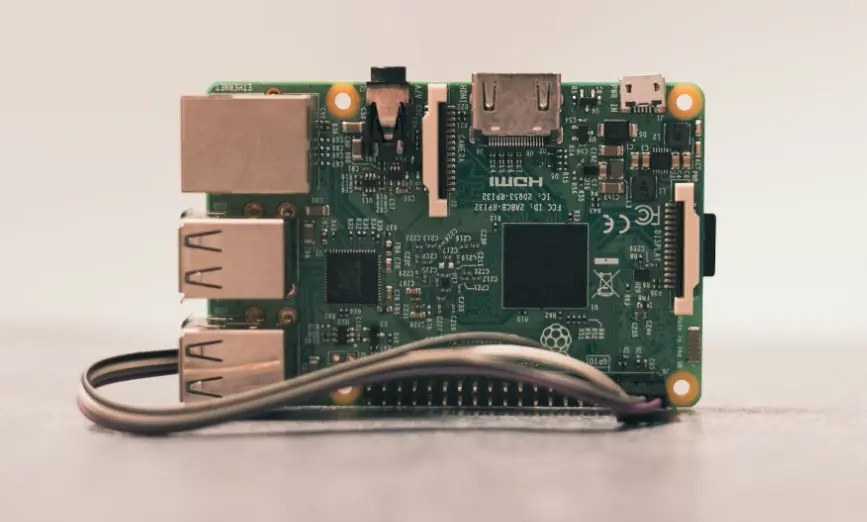 What is the IEC 60598 Standard?
What is the IEC 60598 Standard?
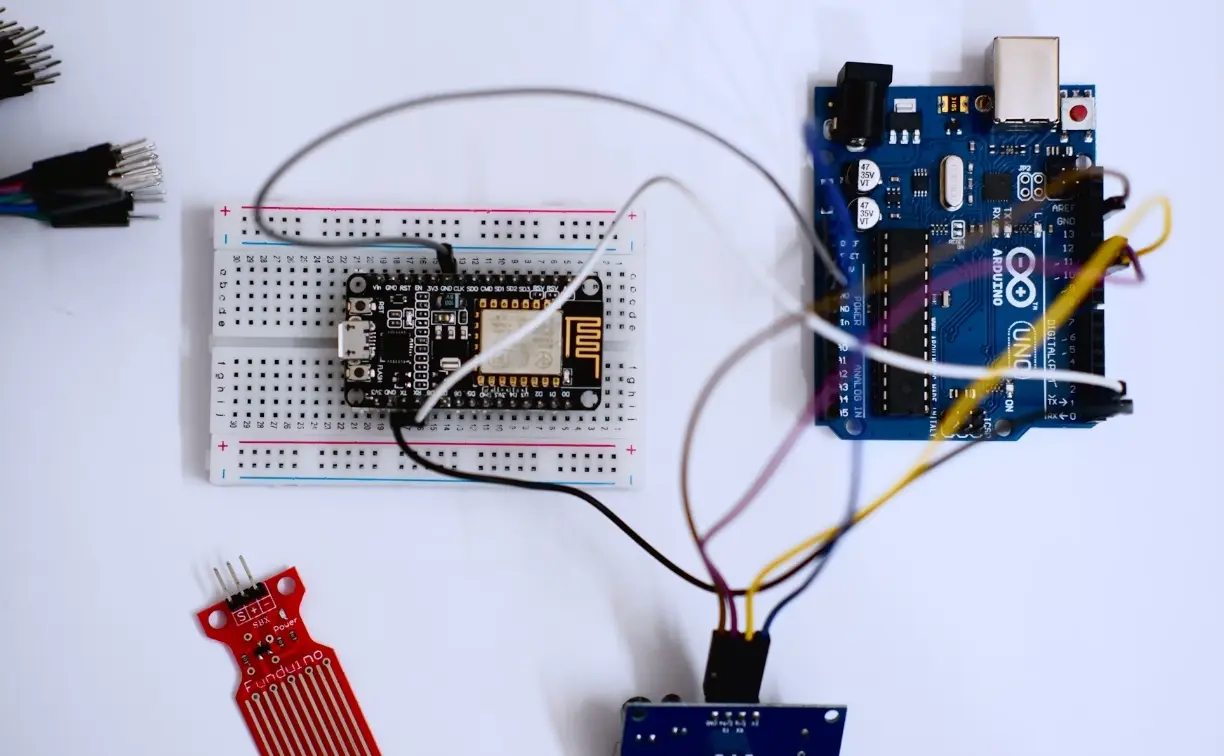 What is the Canada IC Logo?
What is the Canada IC Logo?
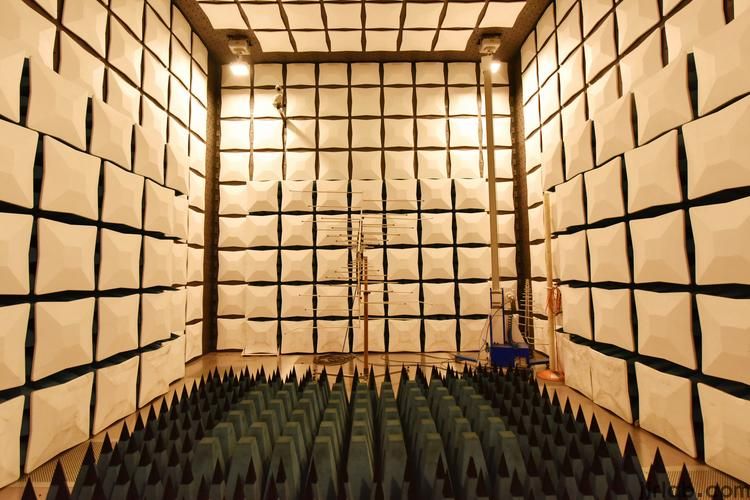 EMC Pre Compliance Testing
EMC Pre Compliance Testing
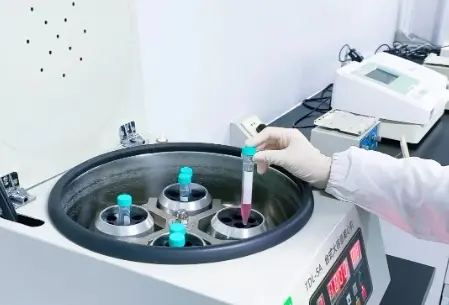 PAHs Testing (Food and Textile)
PAHs Testing (Food and Textile)
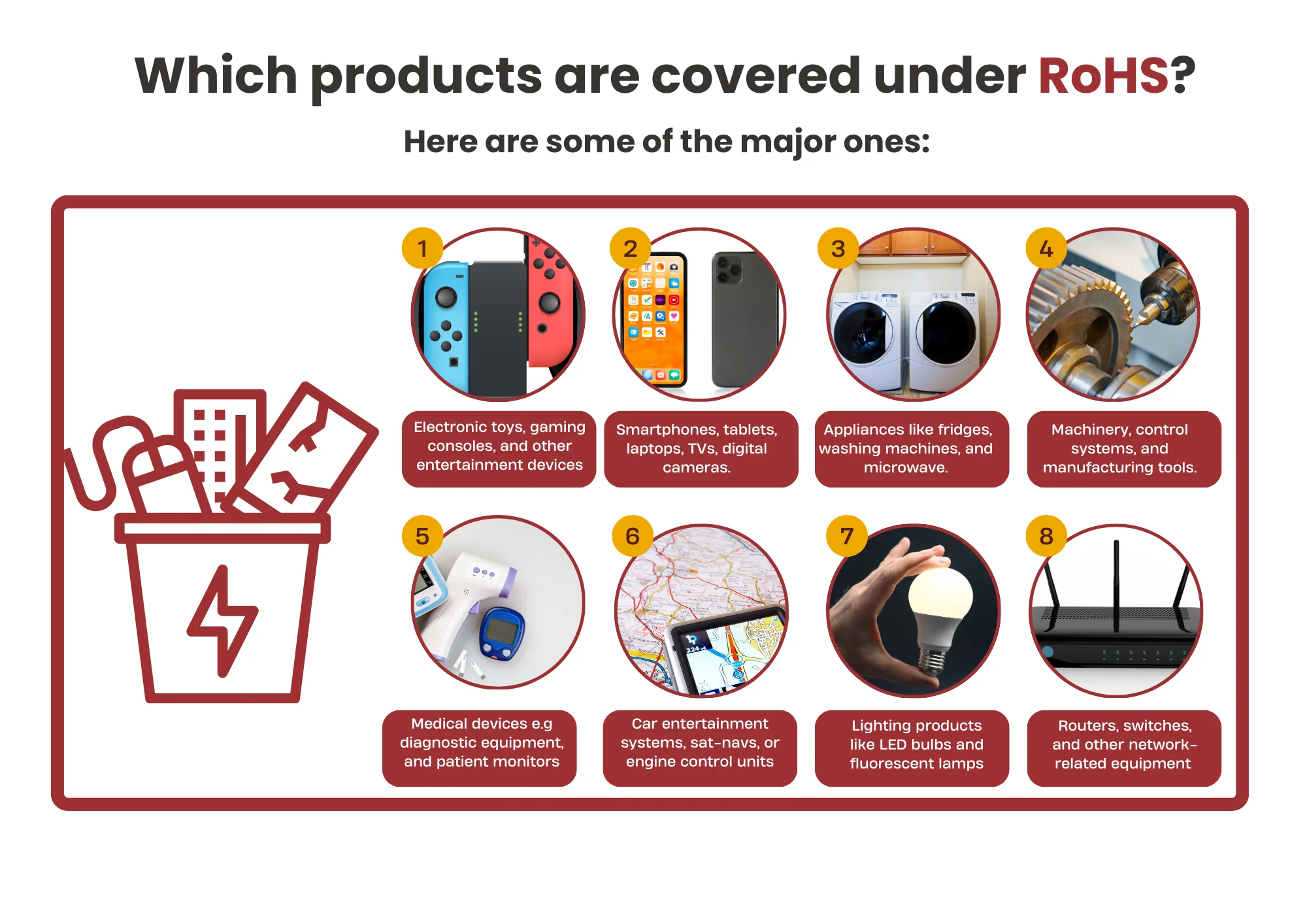 Where to Apply for the EU RoHS Test Report?
Where to Apply for the EU RoHS Test Report?
 Children’s Products and Toy Testing
Children’s Products and Toy Testing
 What is a GB 31701 Test Report?
What is a GB 31701 Test Report?
Leave us a message
24-hour online customer service at any time to respond, so that you worry!




